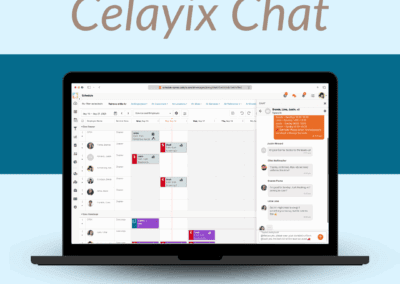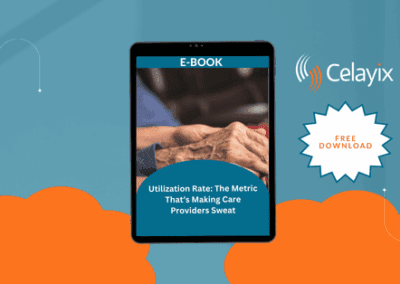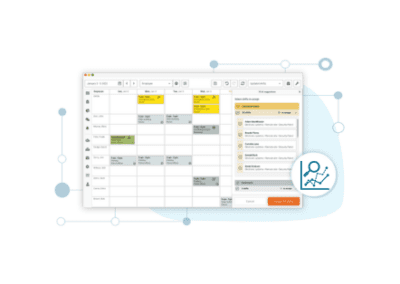What is workplace compliance?
Workplace compliance is the set of processes a company puts in place to ensure that the company and its employees abide by internal rules of conduct and external regulations (riskalts.com).
Whether it is legal requirements or diversity and inclusion policies, workplace compliance is a key part of your company culture and environment. It is essential to have strong policies in place to protect your business from legal liabilities and unforeseen costs.
Here are some examples of workplace compliance
- Labor law compliance
- Unlawful discrimination policies
- Workplace harassment
- Diversity and inclusion policy
- Compensation and Benefits
- Whistleblower policies
- Workplace safety
Why is workplace compliance important?
Workplace compliance ensures your company and employees are acting responsibly. It also means your workers aren’t acting unethically or illegally. Failure to be compliant means your business can be hit with fines and other legal liabilities.
Let’s take a look at why workplace compliance is so important.
1. To avoid legal liabilities:
As mentioned, all workplaces must be compliant with certain laws and regulations. For example, your HR department should be aware of the various labor laws around wages, hours, paid time off, and scheduling requirements. Different industries may also have different rules around employee contracts, policies, and health and safety in the workplace. If you aren’t up to speed with these it can leave the business in a vulnerable position later against potential legal liabilities down the line.
2. Building company culture:
Your compliance will impact the values and principles that guide the behavior of your company. A compliance culture gives employees a clear structure and they know what is expected of them. This also means employees are more engaged which leads to less absenteeism and improved morale. This is also applicable in terms of the hiring process for your company. Does your company have a set diversity and inclusion policy for hiring new employees? This means protection for your workers and creates a feeling of safety and belonging in the workplace.

3. Improved productivity & saved costs:
A set of detailed standards for your employees to follow saves a huge amount of time and costs. A survey done by Globalscape and the Ponemon Institute found that compliance audits saved businesses $2.86 million on average. With a fully trained workforce in the area of workplace compliance, the business can operate more efficiently. As well as that, with your workplace compliance in check, you can rest assured knowing you are protected from potential legal costs.
How to handle workplace compliance
Workers need a strong policy in place in order for workplace compliance to become commonplace. As well as that, the strategy should be effectively communicated to everyone in the business.
Here are some tips on handling workplace compliance for your business.
Provide training:
You can’t expect your workers to have knowledge of all the areas of workplace compliance in your business without providing training. The importance of workplace compliance should be instilled in your workers from the top down. This means that top management should lead by example and take workplace compliance seriously.

Have a Workplace Compliance Officer:
This would be a great option for larger companies. A dedicated employee to review corporate policies and ensure people are following them will make it a regular part of the business.
Communication is key:
At Celayix, we constantly are reiterating how communication is key in the workplace. This is in terms of communicating the policies to your workers. All policies should be documented in detail and readily available for all workers. As well as, making sure there is a standard form of confidential communication that workers can use to report issues of non-compliance. This can either be through a confidential hotline or a separate email address that HR or your compliance officer handles.
Carry out risk assessments:
You should also be carrying out risk assessments of your business annually. This helps to identify any areas that may be the cause of potential threats. You can look at areas such as any complaints against workplace compliance, complaints from employees or customers, or any litigation. This ensures you are evaluating how your workplace compliance is going with your business and how your employees are adapting to it.
Keep workplace compliance policies updated:
Your workplace compliance policies are living documents and will change a lot over the years. Ensure you have dedicated personnel to keep up to date with any federal and state laws that may impact your existing policies. It is also necessary to review the policy and ensure it is still easy for your workers to report incidents of non-compliance. For example, if you have remote or in-office staff they should both feel comfortable with your policies.
Make use of software:
Having the right tools and software at your fingertips is extremely beneficial for workplace compliance. Software for payroll, scheduling, and benefits are all great ways to reduce human error and save time for your workers. For example, our software Celayix has a built-in rules engine that makes compliance around wages and hours worked easy. You set the rules and Celayix ensures anyone being scheduled meets these particular requirements.
Let us know if you need some guidance around your workplace compliance here. We’re happy to help!




